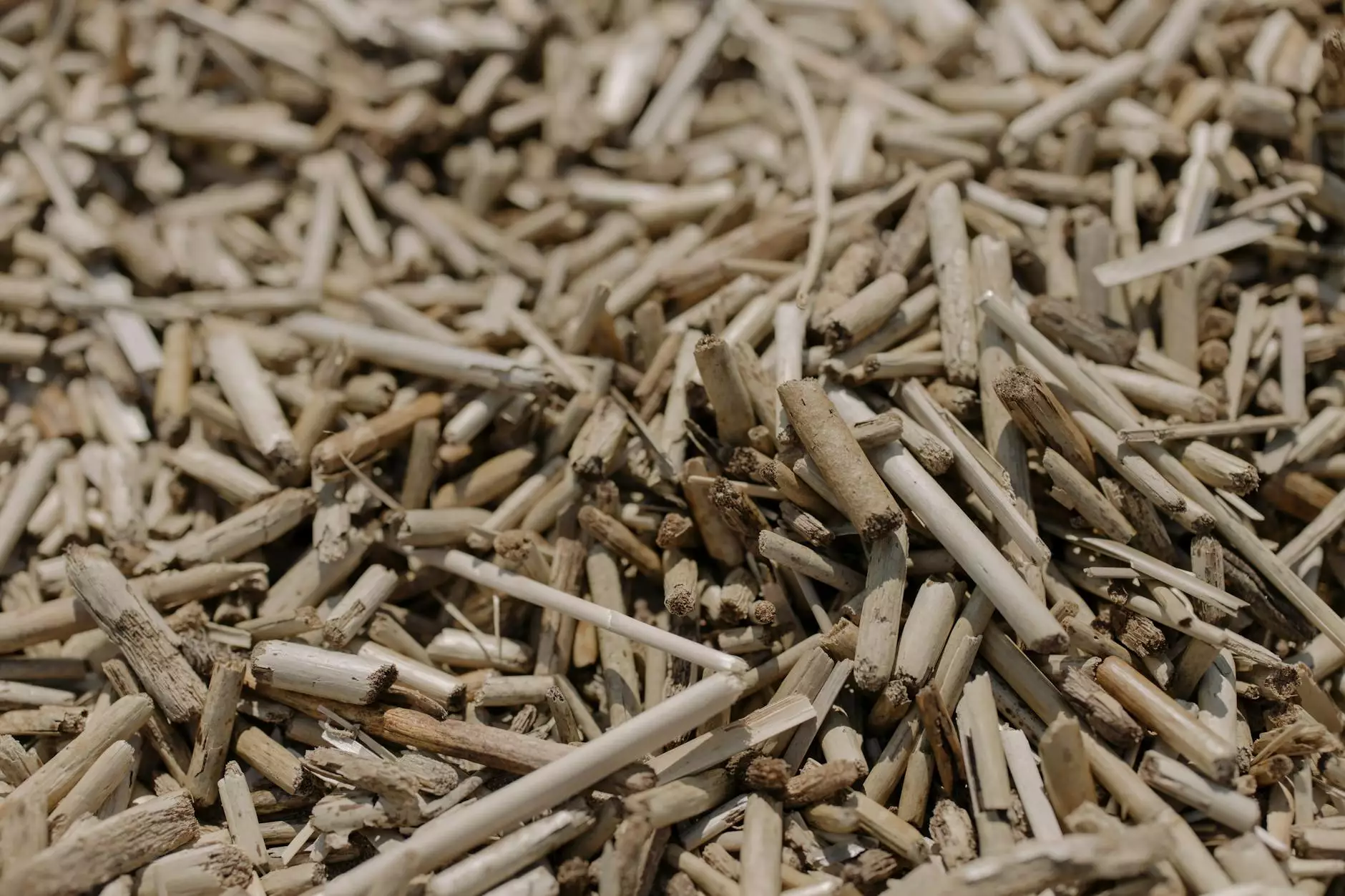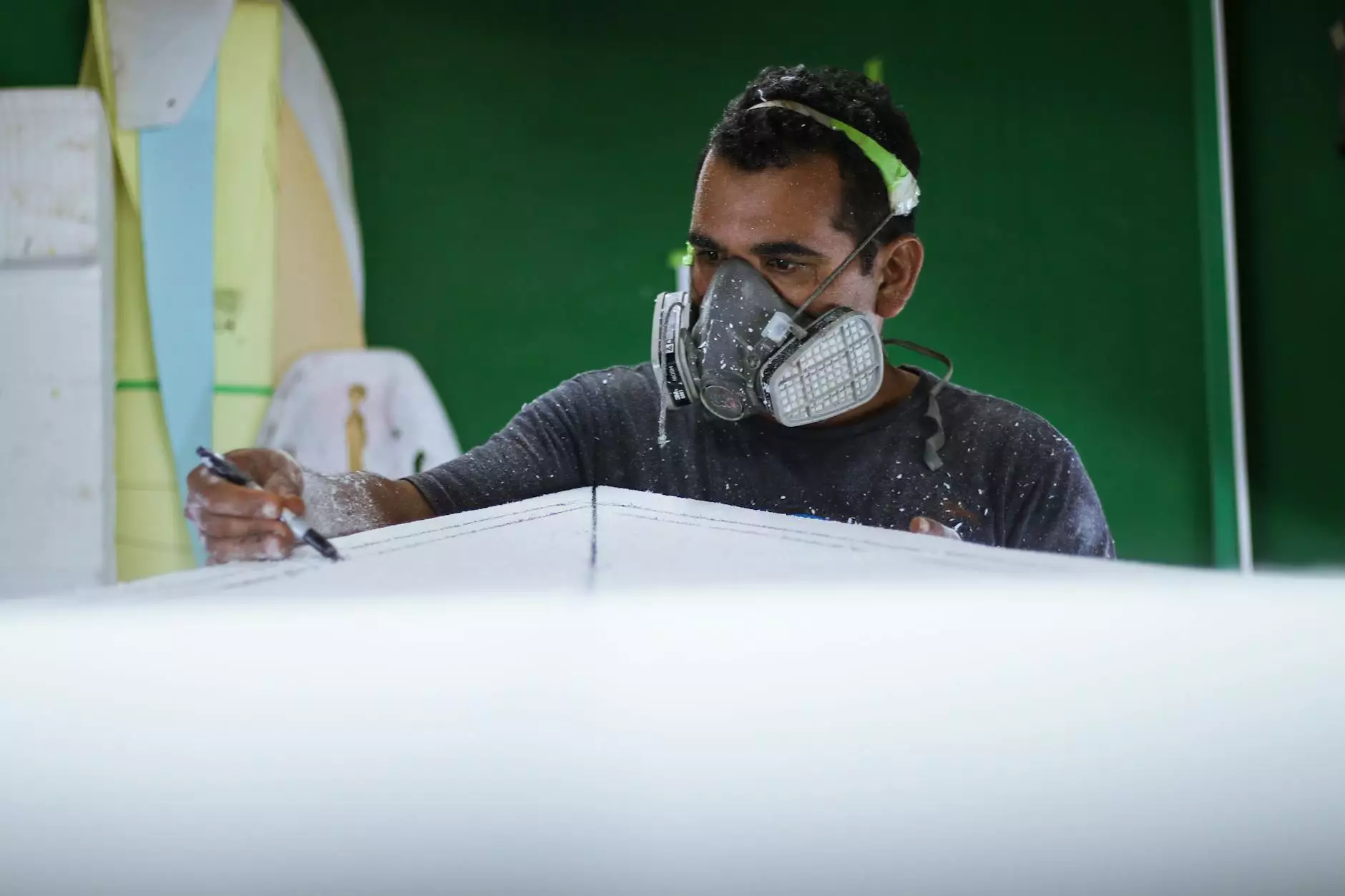The Critical Role of Cylinder Liners in Diesel Engines

When it comes to the performance and efficiency of diesel engines, one component stands out as particularly crucial: the cylinder liner. This article delves deeply into the function, types, manufacturing processes, and significance of cylinder liners in the engine system, especially in the context of diesel engines. Understanding these intricate details will not only enhance your knowledge but also ensure that you make informed decisions in the world of diesel engine parts and spare parts suppliers.
What is a Cylinder Liner?
The cylinder liner, also known as a cylinder sleeve, is a component that forms the inner surface of a cylinder in an engine. It is usually made of cast iron or steel and serves multiple purposes:
- Protects the Engine Block: Cylinder liners serve as a protective barrier between the combustion process and the engine block, minimizing wear and tear.
- Maintains Shape: They help maintain the shape of the cylinder, providing a stable shape for pistons.
- Enhances Performance: Properly designed liners can significantly improve engine performance, enhancing efficiency and power output.
- Facilitates Repairs: In the event of wear or damage, replacing a liner is often more efficient and economical than replacing the whole engine block.
Types of Cylinder Liners
There are primarily two types of cylinder liners used in engines: wet liners and dry liners.
1. Wet Liners
Wet liners are installed into the engine block and are kept in contact with the coolant. This design allows for better cooling, which is especially necessary in high-performance diesel engines. The benefits include:
- Enhanced thermal conductivity, leading to improved cooling.
- Easier replacement without the need to remove the entire engine block.
- Reduced engine weight as they eliminate the need for additional cooling components.
2. Dry Liners
Dry liners, on the other hand, are not in contact with the coolant. They are usually pressed into the engine block and do not directly interact with the cooling system. Their benefits include:
- Better sealing capabilities, which can enhance compression and efficiency.
- Lower manufacturing costs, making them a popular choice for many engine designs.
- Typically longer lifespan due to increased durability in dry conditions.
The Manufacturing Process of Cylinder Liners
The production of high-quality cylinder liners involves a detailed manufacturing process that ensures precision and durability. Here are the primary steps involved:
1. Material Selection
The initial step involves selecting the appropriate material based on desired characteristics such as strength, wear resistance, and thermal properties. Typically, high-grade cast iron or alloy steel is chosen.
2. Casting
The selected materials are then melted and poured into pre-designed molds to form the shape of the cylinder liner. This step requires precise temperature control and timing to ensure that the final product possesses the required strength and durability.
3. Machining
Once the cylinder liners are cast, they undergo extensive machining processes to achieve dimensions with high precision. This includes:
- Turning
- Drilling
- Grinding
4. Surface Treatment
After machining, the liners often undergo surface treatments to enhance properties such as corrosion resistance and wear tolerance. Techniques may include:
- Hardening
- Coating
- Polishing
Benefits of High-Quality Cylinder Liners
Investing in top-grade cylinder liners from reputable spare parts suppliers like Client Diesel can provide numerous advantages:
- Improved Engine Life: Quality liners reduce wear and extend the life of the engine significantly.
- Better Fuel Efficiency: With enhanced sealing and reduced friction, engines can operate more efficiently, leading to lower fuel consumption.
- Increased Power Output: A well-functioning liner supports higher performance levels in diesel engines.
- Cost-Effectiveness: Although high-quality liners may have a higher upfront cost, their longevity and efficiency lead to savings in repairs and fuel.
Maintenance Tips for Cylinder Liners
Regular maintenance of cylinder liners is essential to ensure optimal engine performance. Here are some tips for maintaining your engine's cylinder liners:
- Regular Inspections: Check cylinder liners regularly for signs of wear or damage.
- Monitoring Coolant Levels: Ensure that coolant levels are sufficient, especially for wet liners, to prevent overheating.
- Routine Oil Changes: Changing the engine oil at regular intervals helps minimize sludge buildup, which can affect the liners.
- Addressing Engine Problems Promptly: Any indication of engine trouble should be investigated immediately to prevent further damage to the cylinder liners.
Conclusion
In conclusion, the cylinder liner in an engine, particularly in diesel engines, plays an indispensable role in both protective and performance aspects of the engine. Choosing the right type and quality of cylinder liner can lead to enhanced efficiency, durability, and overall engine longevity. By understanding the different types of liners, their manufacturing processes, and the critical benefits they provide, you can make more informed decisions when purchasing diesel engine parts.
For those looking to procure high-quality, reliable cylinder liners and other diesel engine components, Client Diesel remains a premier choice among spare parts suppliers. With a commitment to quality and customer satisfaction, you can trust Client Diesel for all your engine component needs.
cylinder liner in engine








